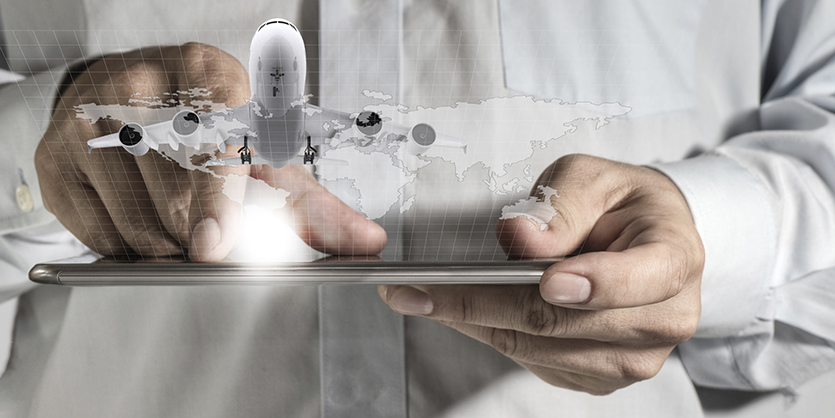Advances in Technology Challenge Aviation Security

For the most part, modern society relies on technology to help make our everyday lives easier. But when it comes to aviation, can almost-daily advances in technology help or hurt avionics?
Two incidents in early 2015 illustrate that potential conundrum and underscore the fact that “like any form of technology, there are growing pains,” according to David Ison, assistant professor in the College of Aeronautics at Embry-Riddle Aeronautical University – Worldwide.
In April, technology created a challenge for American Airlines when an iPad app mistakenly posted a chart for Reagan National Airport that duplicated one the airline already had in its database. The glitch grounded some American Airlines flights for up to 29 minutes. According to Jeppesen, American’s electronic flight bag producer, the app wasn’t able to reconcile the duplication which caused it to become unresponsive and shut down.
Software engineers quickly found a solution: delete the app, then reinstall it. Sounds familiar, right? However, reinstalling the app wasn’t so simple in this case. Some pilots had to return to the terminal to access a secure Wi-Fi network – requiring additional delay.
The traveling public may be surprised to learn that the 1.5-pound Apple iPad or Microsoft tablet is a key component of most electronic flight bags. These devices have booted their 40-pound paper predecessors out of the cockpits of most commercial air carriers since 2011. Lighter equipment has saved both backs and bucks – which has translated to fewer workers’ compensation claims and annual fuel savings ranging from $1.2 million to $13 million.
In a second April incident, Chris Roberts, the founder of One World Labs, tweeted about how easy it would be to access a plane’s in-flight entertainment system and hack into the plane’s controls. His claims generated much conversation, investigation and inquiry about cybersecurity in the skies.
Like any other aspect of society, advances in technology pose both risks and benefits.
That’s why Ison is such a strong advocate for what may be a simple solution.
“Simply keeping passenger and cockpit Internet access segregated would greatly reduce the possibility of someone hacking into a plane’s computers,” he said, adding that this can only be accomplished if physically separate systems existed.
In the meantime, a temporary fix – such as a firewall – could be put into place to safeguard avionics from hackers. That way, even someone like Roberts – who accessed the plane’s wiring with a USB cable from his laptop to the Seat Electronic Box – could be stopped from causing irreparable harm.
Industry and government leaders, including the Government Accountability Office, are monitoring aviation security in new ways to protect the integrity of both Internet service in the cabin and cockpit avionics. Ison says those concerns should also be expanded to include peripheral dependencies, such as electronic reservation systems and passenger manifests.
“It won’t be long before we’ll need tech support just to go flying,” Ison said.
